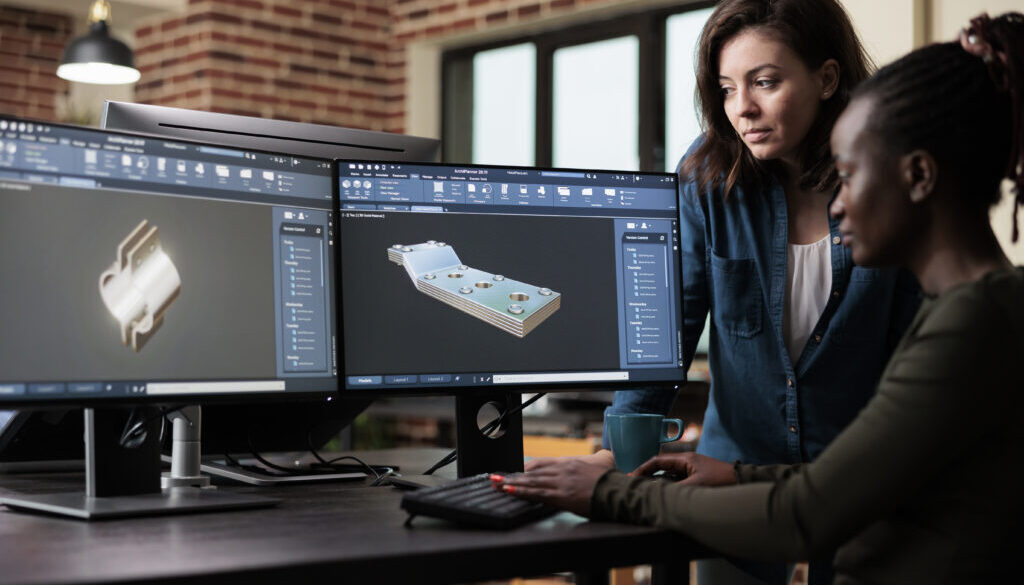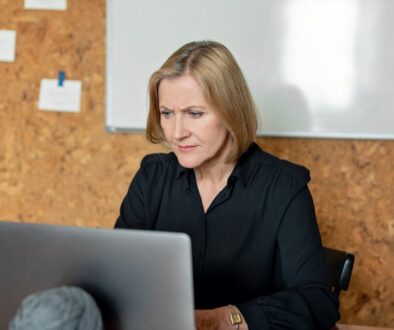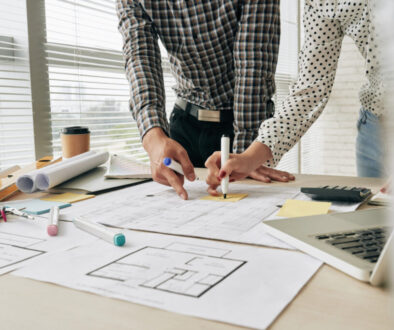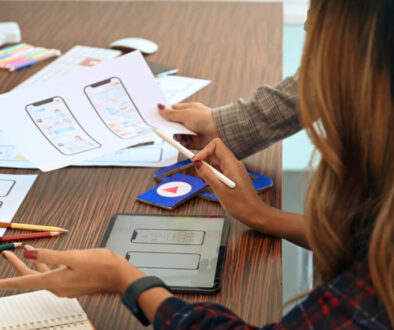Product design is the process of creating new products or improving existing ones with the aim of making them more appealing to customers, more functional, and more efficient. It involves a range of activities such as research, ideation, prototyping, testing, and implementation. In this comprehensive guide, we will cover the key steps and principles involved in product design.
- Understand the User
The first step in designing a successful product is to understand the user. Who will use your product? What are their needs and preferences? What are their pain points? To answer these questions, you can conduct user research through surveys, focus groups, or user interviews. By gaining a deep understanding of your target audience, you can design a product that meets their needs and exceeds their expectations.
- Define the Problem
Once you understand the user, the next step is to define the problem you are trying to solve. What is the user struggling with? What is the need that your product is fulfilling? This step involves defining the problem in clear and concise terms, so that you can focus your efforts on finding a solution that meets the user’s needs.
- Ideate and Brainstorm
Once you have defined the problem, the next step is to brainstorm ideas and come up with potential solutions. This step involves generating a wide range of ideas, without filtering or evaluating them. You can use techniques such as mind mapping, sketching, or brainstorming sessions to generate ideas. The goal is to generate as many ideas as possible, without judging or dismissing any of them.
- Prototype
After ideation, it’s time to create a prototype of your product. A prototype is a preliminary version of your product that allows you to test your ideas and gather feedback from users. Prototyping can be done using a variety of tools and materials, such as paper, cardboard, or 3D printing. The goal of prototyping is to identify and solve design issues, refine the product’s features, and gather feedback from users.
- Test and Iterate
Once you have a prototype, it’s time to test it with real users. Testing involves gathering feedback from users, identifying any issues or problems, and refining the product based on user feedback. This step involves multiple iterations of prototyping and testing, until you have a product that meets the user’s needs and exceeds their expectations.
- Implement and Launch
After multiple iterations of prototyping and testing, it’s time to implement the final design and launch the product. This step involves manufacturing the product, creating marketing materials, and launching the product to the market. The goal is to create a product that is functional, efficient, and meets the user’s needs.
- Monitor and Improve
After launching the product, it’s important to monitor its performance and gather feedback from users. This step involves analyzing user feedback, identifying areas for improvement, and making changes to the product based on user feedback. The goal is to create a product that continues to meet the user’s needs and remains competitive in the market.
In conclusion, product design is a complex and iterative process that involves understanding the user, defining the problem, ideation and brainstorming, prototyping, testing and iteration, implementation and launch, and monitoring and improvement. By following these principles and steps, you can create a successful product that meets the user’s needs and exceeds their expectations.




